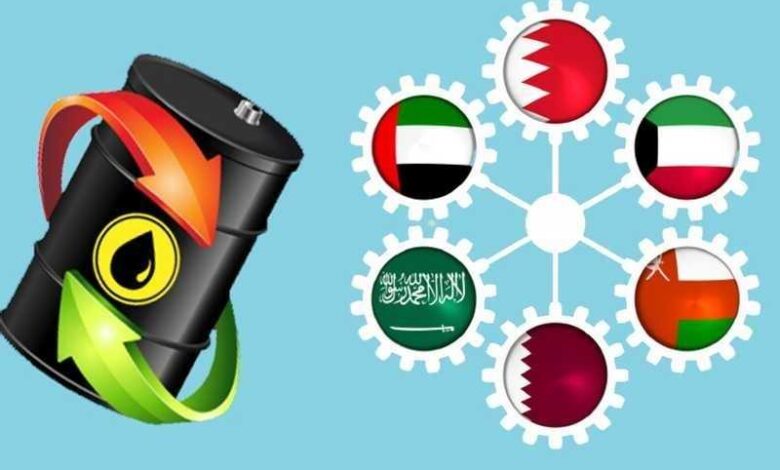
Fitch Ratings has set a “neutral” economic outlook for the Middle East and North Africa (MENA) region in 2025. This outlook reflects many oil-producing countries achieving breakeven oil prices on their balance sheets, moderate economic growth, and high but manageable political and geopolitical risks.
It highlights a balance between improving economic growth and the intensifying geopolitical risks in 2024.
Interestingly, Fitch Ratings expects Brent oil to reach $70 per barrel next year, which is higher than the expected breakeven prices in all Gulf countries except Saudi Arabia and Bahrain.
The agency added that economic and financial reforms, along with substantial capital spending, are enhancing the ability of Gulf countries to withstand and absorb lower oil prices.
Non-oil sector growth in the Gulf countries is expected to remain strong, driven by significant government and private investments. The non-oil sectors will also benefit from reforms in the business environment and labor markets.
Reforms and Foreign Investment
The agency indicated that reforms and foreign direct investment will support economic activity in non-oil exporting countries in the Middle East and North Africa region next year, but their growth will be weak.
Moreover, the agency explained that this may complicate the process of controlling budgets, but measures to control spending, reforms, and enhancing revenue collection will allow for a slight decrease in the debts of these non-oil exporting countries.
Economic Diversification Agenda
Fitch’s report is consistent with the World Bank’s latest forecasts, which highlight the region’s remarkable resilience in the face of global turmoil. It notes that the region has been moving steadily on its economic diversification agenda, with growth projected to accelerate to 4.2% in 2025 and 2026.
The World Bank’s forecasts for GCC growth in 2020 and 2021 are narowly comparable to those announced by the International Monetary Fund last October, with the IMF forecasting growth of 1.8% this year and rising to 4.2% in 2025.
The non-oil sector continues to drive economic growth in the region, expanding by 3.7% in 2024. This growth is mainly driven by ongoing economic diversification efforts and ambitious reforms.
This trend is expected to continue over the next two years, albeit at a slower pace. However, if oil prices continue to decline next year, many countries in the region may be forced to implement fiscal consolidation measures.
Fitch continued that the regional escalation appears to have stopped recently, with the conflict continuing elsewhere. Recent events in Syria highlight the regional implications, and it is difficult to predict their course and risks.
To conclude, Fitch stated that the share of sovereign funds in the Middle East and North Africa region with stable outlooks is 86%, the highest since 2017, and well above the average recorded over the past decade. Fitch has raised the sovereign ratings of four countries in the region for the first time in 2024.
Oil Supply Surplus through 2025
Bloomberg reported that the rise in Brent crude prices near $74 per barrel may be the main factor enabling the OPEC+ alliance to implement its postponed plans to boost supplies.
However, expectations suggest a glut in oil supplies next year, making it difficult to maintain Brent crude prices at $74 per barrel throughout 2025.
Although Brent crude prices, currently around $72 a barrel, are not far from $74, their rise could depend on broader economic stimulus from China, one of the world’s largest oil buyers. This could accelerate the recovery in oil demand beyond expectations.
Source: Al Qabas













